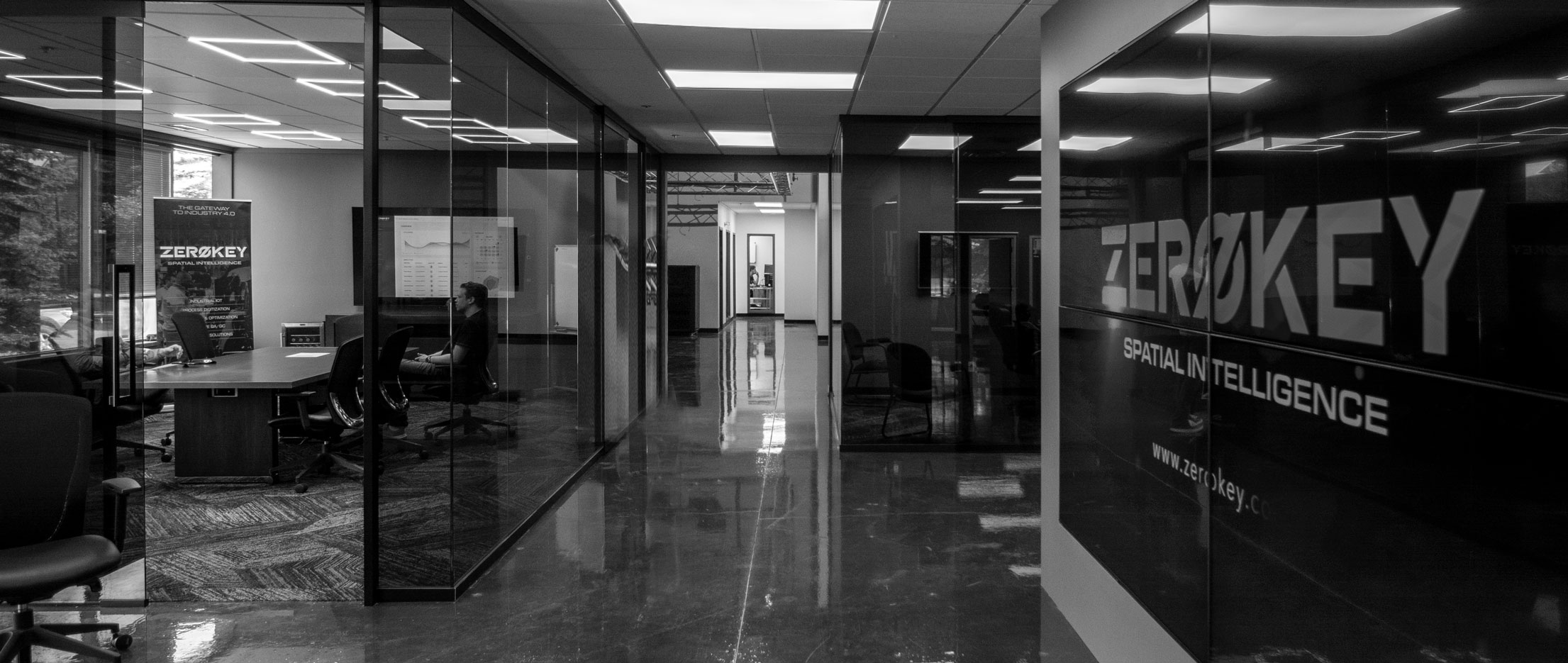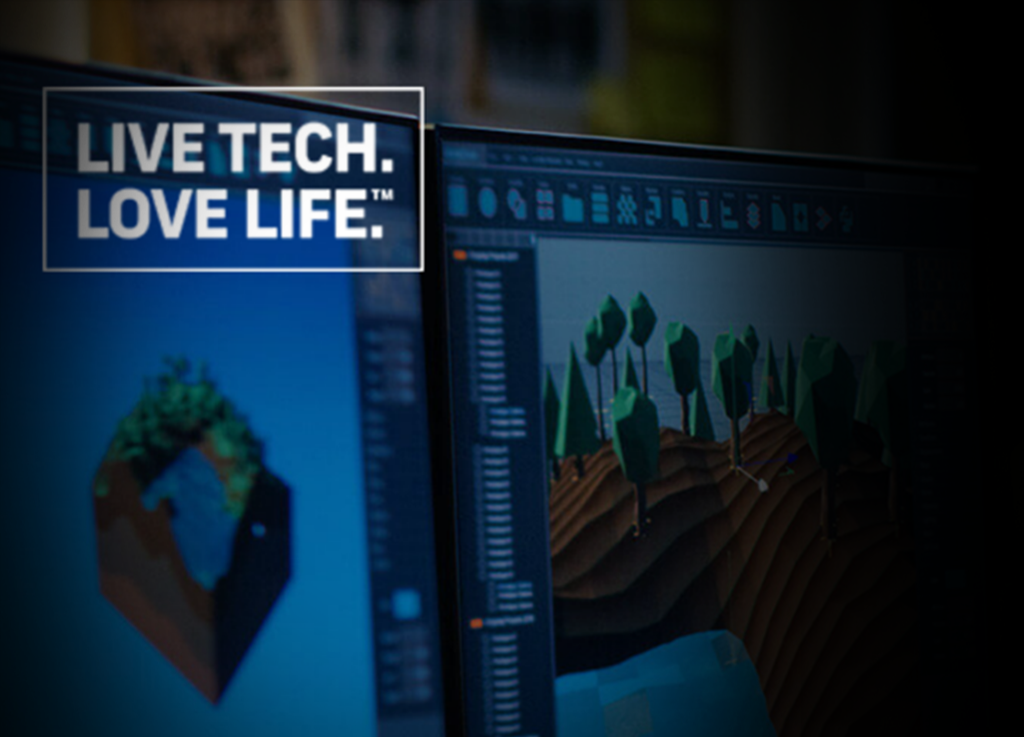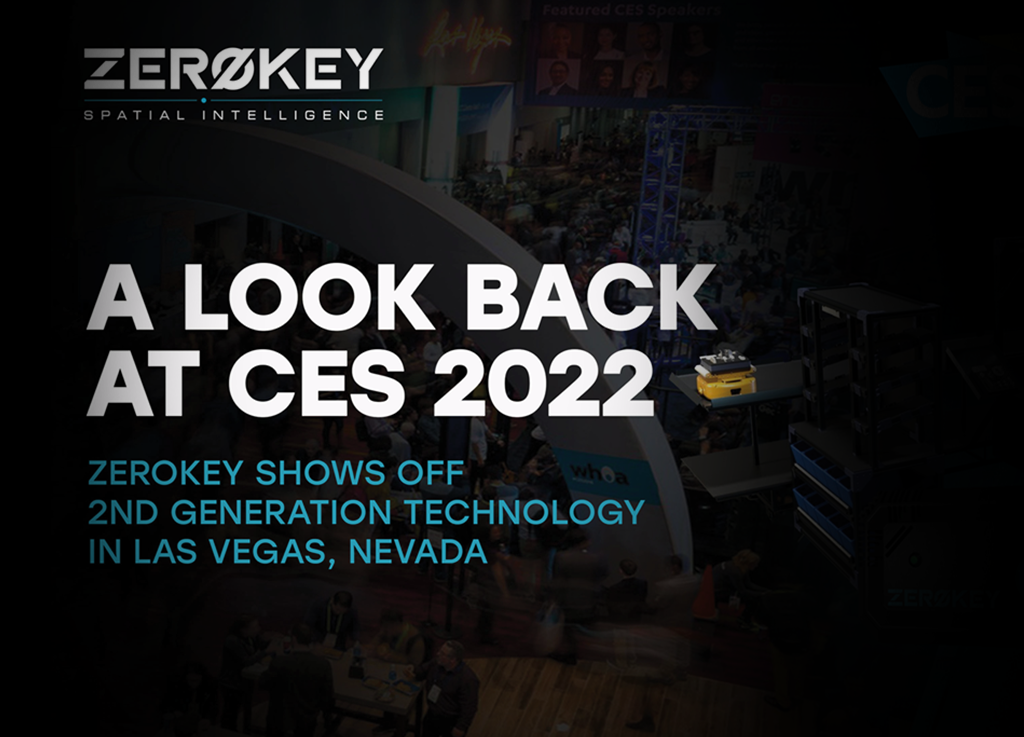Oct 20, 2022
Our large-scale 3D real-time location system (RTLS) technology, Quantum RTLS™, is over 100 times more accurate than leading Ultra-Wide Band (UWB) solutions. To demonstrate what this increase in performance allows you to achieve, we set up a side-by-side comparison of the two systems using our Quantum RTLS Pilot Kit and a popular UWB Starter Kit. Read on to find out how the two systems compare.
ZeroKey Quantum RTLS vs Ultra Wide Band (UWB) Indoor Positioning from ZeroKey on Vimeo.
Quantum RTLS™ brings unprecedented precision and resolution to the world of real-time location system technology. Capable of digitizing a 3D spatial location with 1.5-millimetre accuracy, Quantum RTLS is over 100 times more precise than the published specifications of other commercially available indoor positioning systems. Despite only reliably achieving an accuracy of 150 mm or less, UWB technology has been considered the leading solution for several years.
Until now. With our patented ultrasonic-based approach, Quantum RTLS shatters that hard limit by two orders of magnitude, unlocking applications that were previously impossible.
Our Research and Development team has extensively tested the ZeroKey system to validate our technology’s millimetre-level accuracy. Nonetheless, we often get asked how our positioning solution compares to other solutions and what the hundredfold increase in accuracy really means in practical terms.
To demonstrate the power of Quantum RTLS, our Senior Systems Engineer, Craig Paquette, staged a head-to-head comparison using the ZeroKey Pilot Kit and a comparable UWB Starter Kit from a well-known manufacturer.

In an unoccupied warehouse, free from any existing RTLS infrastructure or other sources of radio frequency (RF) interference, Craig set up a positioning area of approximately 4 m by 4 m. Anchors from each system were mounted on tripods around the circumference of the area.
The UWB anchors were laid out in the geometry specified by the manufacturer, with three anchors in a line on one side of the area and two anchors positioned on the remaining two corners. The UWB anchors were powered by Power over Ethernet (PoE) injectors that Craig plugged into USB battery packs and connected to the provided network gateway.
Our Pilot Kit instructions suggest a hexagonal layout for the provided QTM-UAR10 Universal Anchors; however, ZeroKey’s technology maintains a superior level of precision even when minor tweaks to the geometry are made. To ensure a fair comparison, our anchors were mounted to the same tripods as the UWB anchors in a rectangular configuration instead of the hexagonal geometry we recommend. With an integrated battery and data link, ZeroKey’s Universal Anchors offer maximum flexibility. They can operate wirelessly for use in temporary installations, or they can be hardwired to USB power for permanent setups. In this case, we powered our anchors with the built-in battery and connected them to the QTM-AGP10 Network Gateway included in the Pilot Kit.
The UWB system was set up using an anchor-to-anchor calibration, requiring a time-consuming manual input of each anchor’s height above the ground. A laser range finder was used to measure these heights. Next, the system was configured for 3D positioning using software provided with the UWB Starter Kit.
The ZeroKey system was set up using automatic self-calibration, which enables rapid deployment and eliminates the need to manually survey. Using the ZeroKey Configuration Tool, the system was then configured for 3D positioning.

In the centre of the positioning area, an approximately 2 m by 2 m track was constructed with an Intelino Smart Train Set. The track geometry purposely featured curves, switchbacks, and parallel sections to accurately test the positioning capabilities of the two systems. A laser scan was completed using a Faro laser scanner to generate reference truth points on the track.

A ZeroKey QTM-UMR10 Universal Mobile and a UWB tracker tag were mounted to the robotic train cars. Data from each system was collected over multiple laps of the track. By comparing an overlay of the ZeroKey positioning data, the UWB positioning data from a similar runtime, and the truth points from the laser scan, we see that both the track structure and real-world geometry of the track are recorded almost perfectly by the ZeroKey system. While parts of the track structure can be observed in the UWB data, the overall scale appears distorted, and many details of the track are lost.
When we visualize the Y-and Z-axis coordinates from the two systems, we see a large deviation in the height recorded by the UWB system. Meanwhile, the ZeroKey positioning data appears flat and is a near perfect representation of the ground plane.

Next, we configured the UWB system with a set tag height of 70 mm to perform positioning in 2-dimensions. By comparing an overlay of this data set to the same ZeroKey data set used above, we see that the UWB system is still unable to clearly distinguish many of the track features like the tight curves and parallel track sections. While the data trend from the 2-dimensional UWB positioning is closer to the real-world geometry than the results in 3-dimensions, it remains significantly distorted.

Plotting the estimated anchor positions from the ZeroKey and UWB systems against their true coordinates from the laser scan demonstrates what the ZeroKey system can achieve even further. To calibrate the UWB anchors, the above-ground height of each anchor was manually measured and inputted into the calibration software. The UWB network then used anchor-to-anchor calibration to estimate the XY positions of all the anchors. As we see in the following chart, these estimated anchor positions can deviate by more than 200 mm from the true coordinates determined by the laser scan, even though the UWB calibration only estimated positions in 2-dimensions.

On the other hand, the guided self-calibration performed by our Quantum RTLS system did not require any manual measuring and estimated the position of anchors in 3-dimensions to an extremely high degree of accuracy.
As the results show, deploying a Quantum RTLS proof of concept or temporary installation is significantly faster, easier, and more precise than using a comparable UWB product. Once deployed, the real-time horizontal (X and Y axis) and vertical (Z axis) positioning results derived by the ZeroKey system are over 100 and 1000 times more accurate than the results derived from the UWB system, respectively.
From this simple demonstration, we begin to understand how the positioning accuracy of ZeroKey’s technology can digitize human-centric processes on a much finer scale than what can be achieved with an UWB solution. Applications such as bolt sequencing, pick-and-place quality control, and hand and limb safety zones occur well under the 150 mm scale of UWB technology’s best case 2D positioning scenario. By visualizing some common use cases with a scaled graphic overlay of the 3D positioning data obtained from the two systems, it is evident that the level of precision Quantum RTLS achieves is unparalleled and can transform industrial processes in a way that has never been done before.




